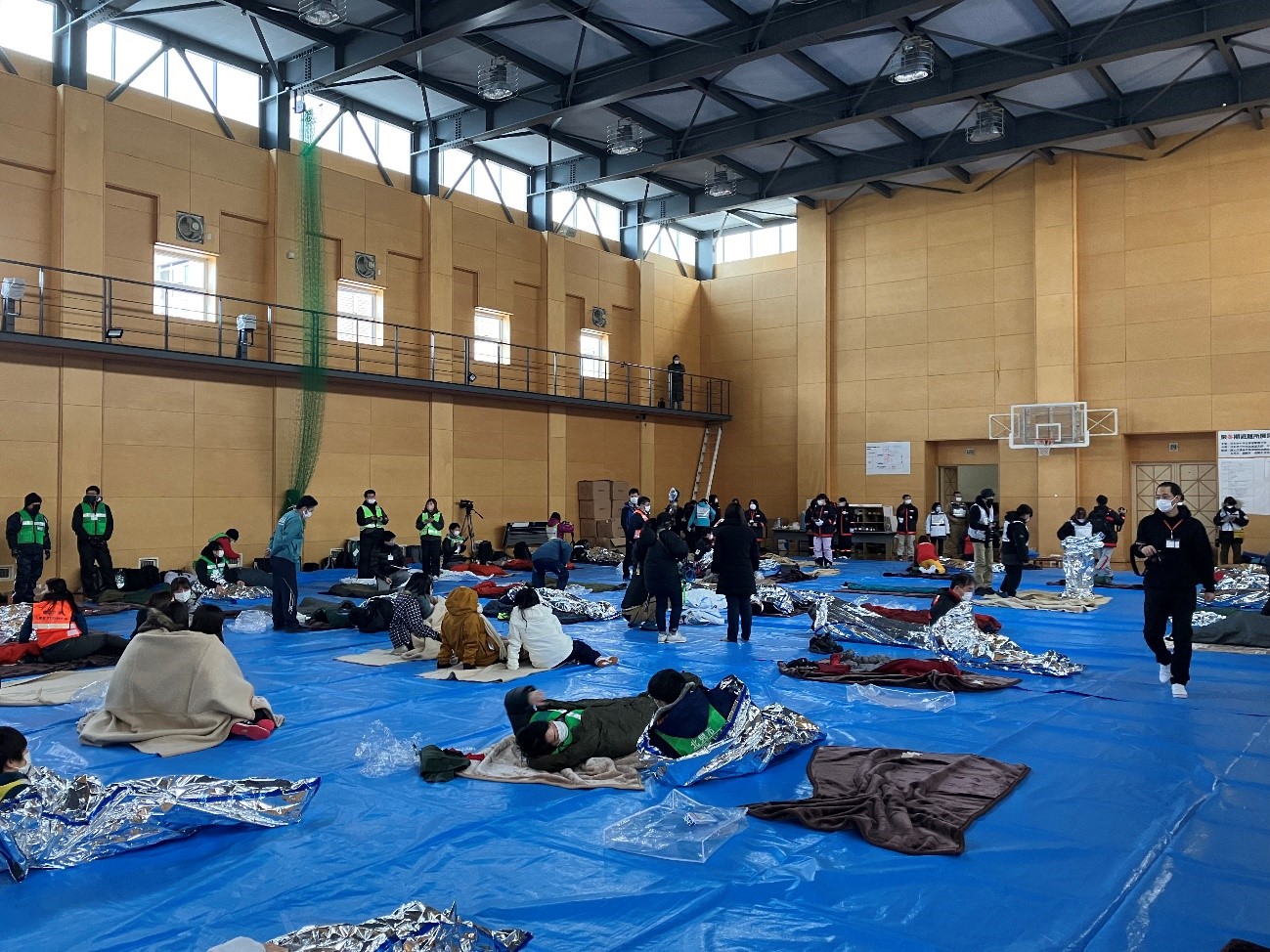Community-First Approach: How the American Red Cross Helps Build Disaster Resilience Where It’s Needed Most
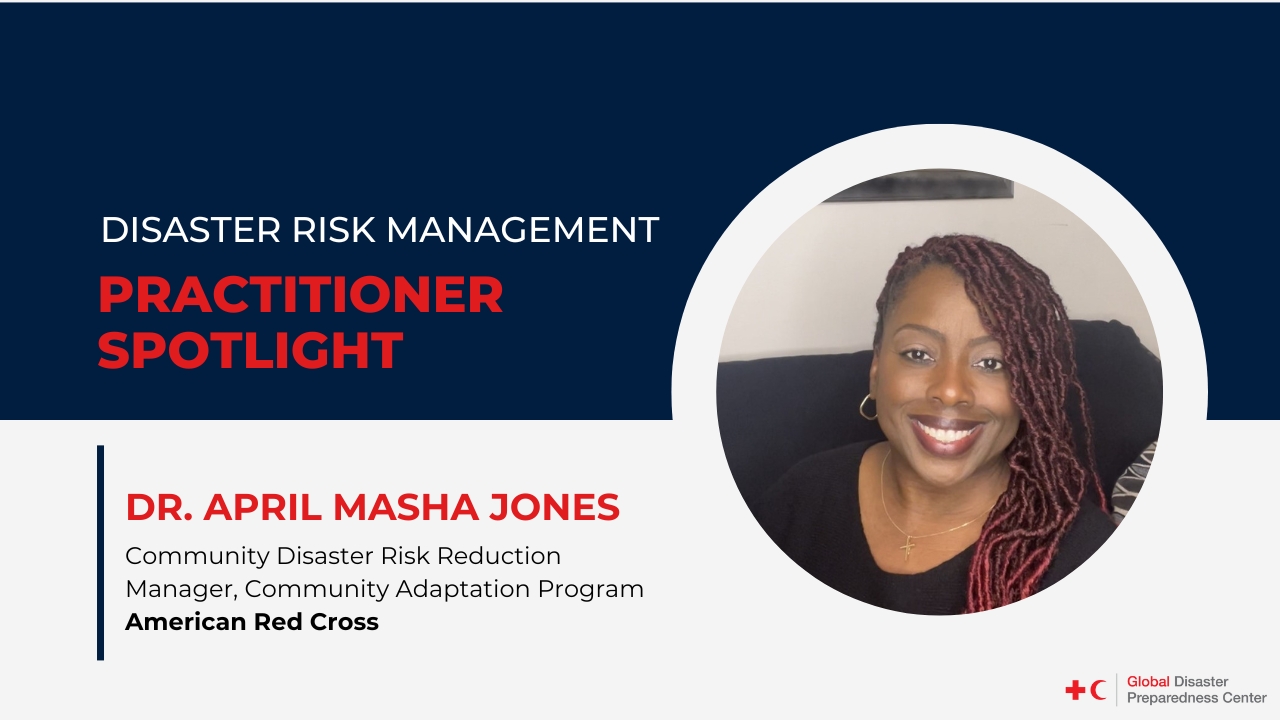
Across the United States, the American Red Cross is working to reduce disaster risks and strengthen the long-term resilience of the most vulnerable communities through its Community Adaptation Program (CAP). With teams embedded in communities across 19 locations, the program focuses on addressing the root causes of vulnerability — specifically in the areas of health, housing, and hunger. By partnering with local organizations and leaders, CAP strengthens community capacity and promotes proactive, equity-centered approaches to disaster preparedness, response, and recovery.
In Mississippi, the CAP team partners with trusted local community nonprofits to address key risk factors facing families in Yazoo County, where existing socio-economic challenges heighten disaster vulnerability. From equipping food distribution centers to deploying mobile medical units, the program shows what’s possible when disaster risk reduction is rooted in local leadership. In the following interview, Dr. April Masha Jones, who manages CAP in Mississippi, shares more about this work and the power of community-driven adaptation.
Building Resilience from the Ground Up
Can you tell us a bit about yourself and your current role at the American Red Cross?
My name is Dr. April Masha Jones, and I’m originally from Pickens, Mississippi. I currently serve as the Community Disaster Risk Reduction Manager for the American Red Cross’ Community Adaptation Program, overseeing initiatives across Mississippi.
In this role, I lead initiatives aimed at reducing disaster-related displacement by strengthening community capacity in critical areas such as health, housing, and hunger. I manage a growing network of partners and work in close coordination with national and regional Red Cross teams to integrate local organizations into all phases of disaster preparedness, response, and recovery. I also contribute to fundraising, strategic communications, and team mentoring.
With over 20 years of experience in the federal, state, nonprofit, and private sectors, I have focused my career on strengthening community engagement, promoting equity, and advancing disaster resilience. My work has primarily addressed the needs of underserved and historically marginalized communities. I believe that solving complex challenges requires both a deep understanding of the issues and a clear, intentional plan of action to drive meaningful change. I hold a Ph.D. in Public Policy and Administration from Walden University, along with a master's degree in Criminal Justice from Everest University, and a bachelor’s and master's degree in Agricultural Economics from Alcorn State University.
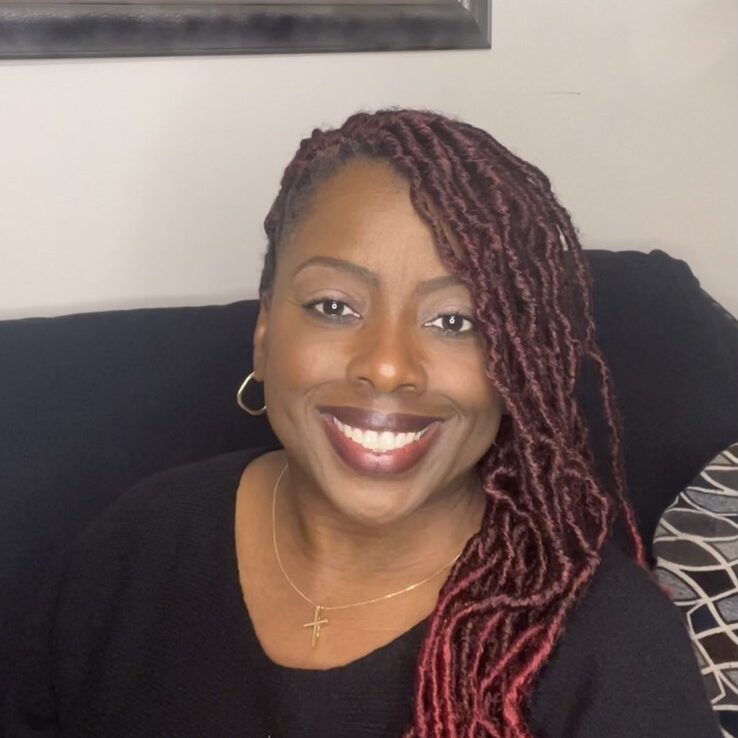
Tell us more about the work of the American Red Cross in disaster risk reduction and community resilience?
The American Red Cross plays a critical role in advancing disaster preparedness and Disaster Risk Reduction (DRR) by fostering safer and more resilient communities. Our approach is not just transactional, it is proactive, equity-centered, and transformational. It focuses on reducing the human impact of disasters, particularly for those who are most vulnerable. Central to this mission is the Community Adaptation Program, which I lead in Mississippi. This initiative focuses on reducing disaster-induced displacement by addressing root causes of vulnerability in three key areas: health, housing, and hunger.
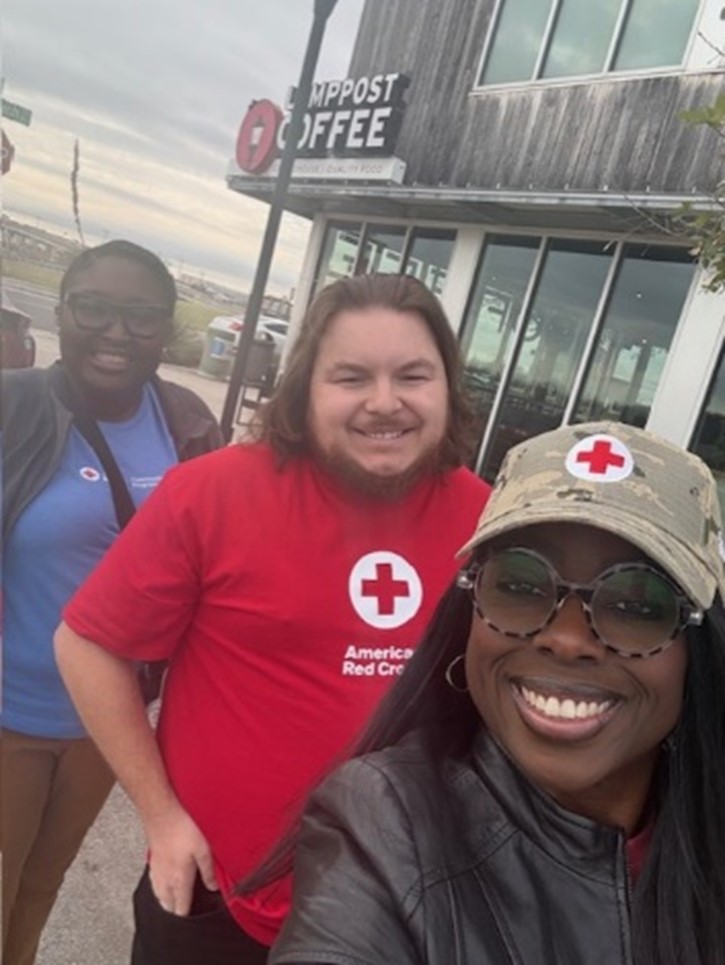
Through strategic partnerships with local organizations and community leaders, we work to ensure that historically marginalized populations are not only included in preparedness efforts but also supported throughout recovery and long-term resilience planning. Nationally, the Community Adaptation Program consists of 19 teams, each composed of a manager and two coordinators, working to localize and scale this vital work across diverse contexts.
As climate impacts intensify — through extreme heat, stronger storms, and unpredictable weather — the Red Cross has integrated climate adaptation into its risk reduction strategies. Communities with limited resources often face disproportionate risks. Therefore, we prioritize anticipatory action by taking proactive steps based on forecasts, early warnings, and risk assessments to minimize potential damage and loss before disasters occur. This forward-looking approach not only improves response efficiency but also mitigates long-term consequences for at-risk populations.
Key areas of focus include preparedness education through initiatives like Ready Rating and Be Red Cross Ready; risk communication and outreach tailored to vulnerable populations; the development of strong local partnerships to expand reach and effectiveness; and resilience-building strategies that bridge immediate relief with long-term recovery planning. Through these efforts, the American Red Cross is committed not only to responding to disasters but also to empowering communities to adapt to a changing climate, strengthen local infrastructure, and reduce future risks. Our vision is rooted in dignity, equity, and sustainability — ensuring that recovery efforts lead to lasting resilience for all.
Local Leadership, Lasting Impact
Tell us about a current project or initiative you find especially exciting or impactful. What makes it so?
One particularly impactful initiative I have had the privilege of supporting through CAP is the transformation of Tulane Missionary Baptist Church in Yazoo City, Mississippi. When the church first began its food distribution efforts, operations were limited to outdoor spaces and shared interior areas such as hallways and classrooms due to the absence of proper storage infrastructure. Food pickups were conducted using personal vehicles, which significantly constrained capacity and posed logistical and safety challenges. Through CAP, I worked to secure a box truck and a grant for Tulane to construct a dedicated food distribution facility. These improvements not only enhanced operational efficiency and safety but also enabled a transition to a more dignified, weather-protected system for food distribution.
As a result of these investments, Tulane has increased its service capacity from 125 to 200 households per week — a 60% growth — and has been officially recognized as the Community Resilience Hub for Yazoo City, Mississippi. The church has expanded its role in the community by forming strategic partnerships with organizations in the health and food sectors and successfully securing additional funding to broaden its reach. Tulane’s evolution reflects the potential for faith-based institutions, when equipped with the right resources and support.
Equally noteworthy is the work of the G.A. Carmichael Family Health Center, which provides critical health and preventative health services to rural communities throughout Mississippi. Transportation barriers often prevent residents from accessing consistent care, a challenge that is exacerbated during times of crisis. In response to this need, I facilitated the acquisition of a mobile medical unit through CAP, enabling the health center to deliver essential healthcare services directly to underserved areas. This mobile solution enhances both disaster preparedness and long-term public health outcomes.


Tulane Missionary Baptist Church and G.A. Carmichael Family Health Center are featured in national CAP videos by the American Red Cross, showcasing how investments in local leadership, infrastructure, and partnerships strengthen resilience in underserved communities.
Do you have any recent achievements or successes you’d like to share? What contributed to that success?
One of our most recent and significant accomplishments was the successful completion of our second Community Resilience Hub. More than just a physical space, the hub reflects the power of collective action and cross-sector collaboration. Contractors, local officials, and community members came together — each contributing their skills and commitment to a shared vision of resilience.
What made this milestone particularly meaningful was the way the community actively embraced the principles of disaster risk reduction and climate adaptation. Their engagement reflected a growing awareness of local vulnerabilities and a powerful motivation to take proactive steps toward long-term sustainability. This hub now stands as both a functional resource and a symbol of what can be achieved when communities are empowered to lead their own preparedness and adaptation efforts.
Barriers to Resilience in Underserved Communities
What are the main challenges that the communities and individuals you work with face when it comes to disaster risk reduction work?
Growing up in Pickens, Mississippi, gave me both personal and professional insight into the challenges rural communities face in disaster preparedness, risk reduction, and climate adaptation. Chronic underinvestment, geographic isolation, and persistent socioeconomic disparities lead to disproportionate impacts during and after disasters. Limited access to transportation, healthcare, and digital infrastructure further hinders early warning dissemination and delays equitable recovery efforts.
Compounding issues like poor housing conditions, food insecurity, and environmental stressors increase the risk of displacement following extreme weather events. The climate crisis is only intensifying these vulnerabilities, underscoring the need for place-based, equity-centered strategies. Such approaches must prioritize strengthening community resilience and advancing anticipatory action. It is equally important to ensure marginalized populations are actively and meaningfully engaged in all stages of preparedness and response planning.
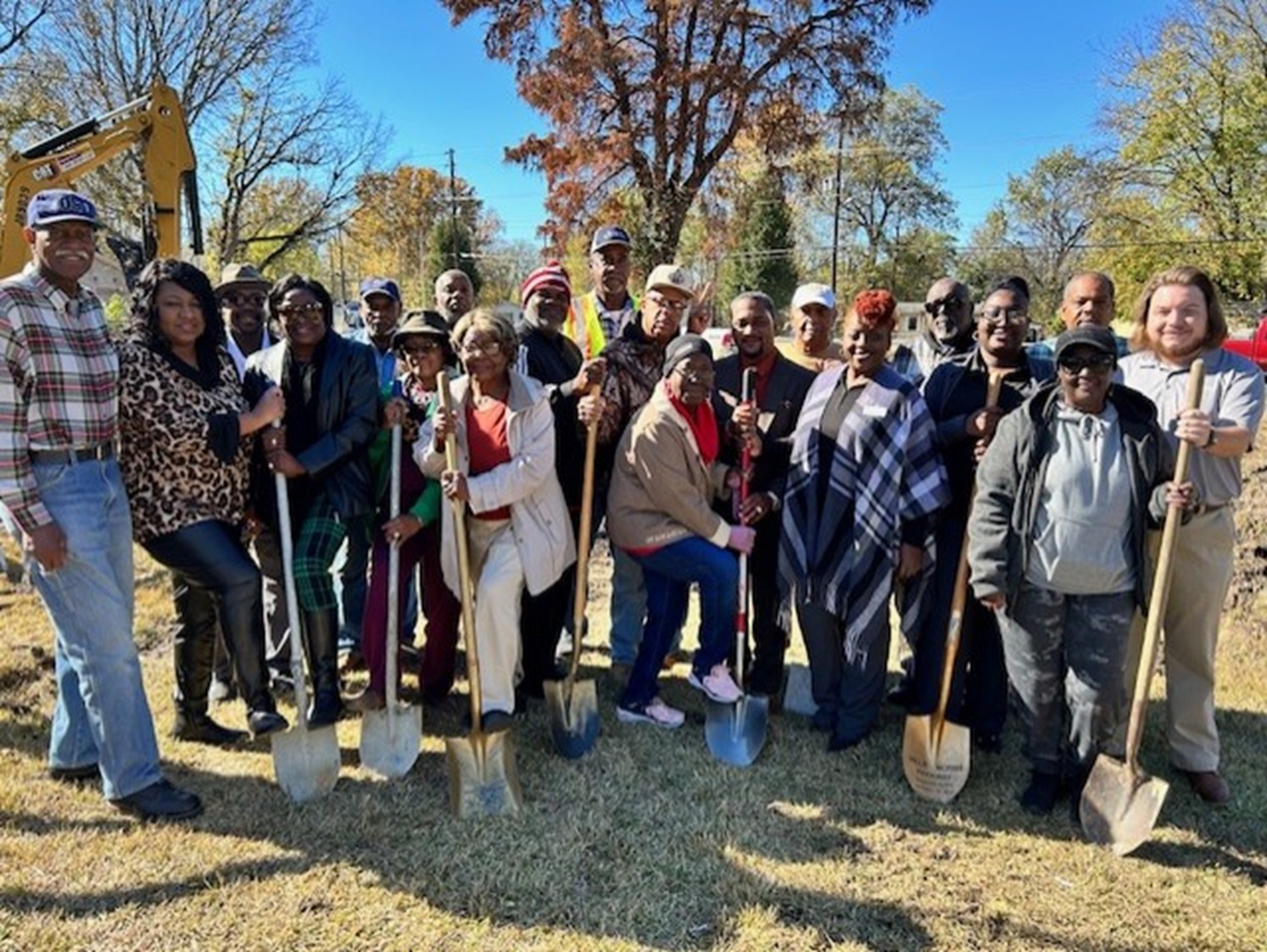
How well equipped are communities to meet these challenges? What could help strengthen their resilience?
Communities across Mississippi consistently demonstrate resilience and creativity in the face of growing climate and disaster-related challenges. Yet, under-resourcing persists, especially in rural and marginalized areas. Local leaders, faith-based groups, and grassroots organizations are essential in bridging service gaps, but their efforts are often constrained by limited funding, infrastructure challenges, and restricted access to technical expertise. Strengthening resilience requires sustained investment in local capacity, particularly in emergency planning, risk communication, and equitable access to healthcare, housing, and transportation.
Building lasting resilience requires sustained investment in local capacity, particularly in emergency planning, risk communication, and equitable access to healthcare, housing, and transportation. Rural areas, in particular, need both physical infrastructure — such as shelters, mobile health units, food storage facilities, reliable digital connectivity — and practical tools like training and planning resources to support anticipatory action. Through the Community Adaptation Program (CAP), the American Red Cross is helping to meet these needs by offering technical assistance, capacity-building support, and grant support when applicable. CAP empowers local partners to expand their disaster readiness while addressing underlying challenges such as food insecurity, health disparities, and housing instability. Workshops offered through the program also help communities adapt to the climate crisis and reduce the risk of displacement and other emergencies.
Moving forward, lasting progress will require collaborative engagement, community-led planning, and an unwavering commitment to equity. Empowering those most impacted to lead the way enhances a community’s capacity to build lasting resilience and respond effectively to future challenges. With the right support and resources, these communities are well-positioned to create inclusive, sustainable, and forward-thinking solutions to the complex realities of a changing climate.
Priorities, Lessons, and Long-Term Vision
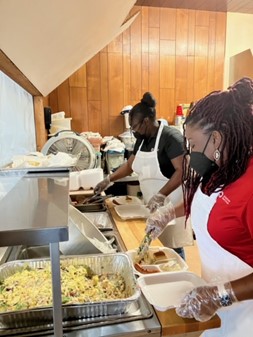
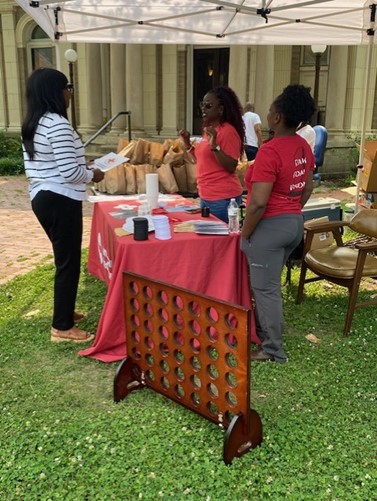
What are one or two top priorities for your team in the next 1-2 years? What broader priorities do you see nationally or globally in DRR and climate adaptation?
We are committed to building strong partnerships with organizations that share our dedication to community preparedness and resilience. Over the next one to two years, we aim to deepen collaboration with local leaders at community, regional, and national levels. We also plan to expand opportunities for individuals to actively participate in risk reduction within their own environments.
A main feature of this effort is the ongoing development of Community Resilience Hubs — accessible, inclusive spaces where communities can connect, access resources, and build capacity for preparedness and recovery. Sustainable progress depends on strong cooperation with local organizations, community leaders, and partners. It also requires ensuring communities have the tools and support needed to lead these efforts.
More broadly, elevating community voices is essential in shaping disaster preparedness and climate adaptation strategies globally, nationally, and locally. Equity must guide all planning processes to ensure vulnerable populations are fully included. While advances have been made, significant gaps remain in sustained investment toward community-led solutions. Building trust, empowering local leaders, and providing accessible resources are key to moving from reactive responses to proactive, inclusive resilience. With adequate support, communities can move beyond survival to actively lead in creating sustainable futures.
In an ideal world with unlimited resources, what would you love to implement or change when it comes to preparedness/response in your country?
In an ideal scenario, a federally supported “Survival Swimming & Flood Safety Corps” would deliver culturally responsive water safety education, mobile swimming programs, and advanced flood detection systems to every rural and climate-vulnerable community across the United States. Since 1969, flash floods and the lack of swimming facilities have tragically claimed the lives of my family and friends, a stark reminder of the urgent need for transformative action.
In this envisioned future, every person — regardless of race, income, or geography — would have access to survival swim lessons by the age of seven. Mobile pools and traveling instructors would bring water safety directly to church parking lots, schoolyards, and tribal lands. Hyper-localized flash flood warning systems would provide real-time alerts through phones, radios, and trusted community networks. Schools would integrate comprehensive climate emergency training into their curricula, including flood escape techniques, CPR, and essential self-rescue skills. Concurrently, investments in climate-resilient infrastructure, such as elevated homes, green stormwater management, and multifunctional community hubs—would ensure safe shelters and serve as centers for ongoing resilience education.
This vision transcends saving lives during disasters; it seeks to rectify a long-standing legacy of exclusion. For too long, limited access to pools, preparedness education, and resilient infrastructure has resulted in preventable loss of life. With adequate resources, no one would drown due to lack of access to swimming lessons or safety training. As climate threats intensify, disaster preparedness must be treated as a fundamental right—not a privilege. This vision drives my commitment to creating safer, more resilient communities for all.
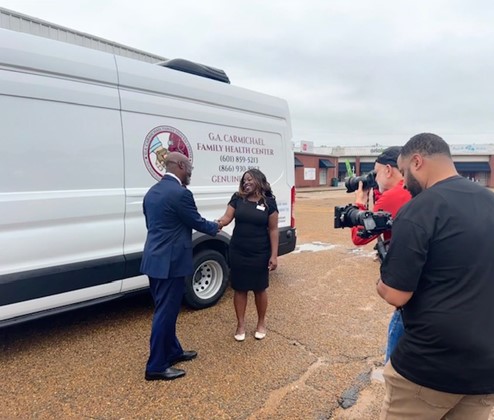
What advice or a lesson from your experience would you give to colleagues in other National Societies working in this space?
From my experience, I would offer three key pieces of advice or lessons learned in community adaptation and disaster preparedness:
- First, community trust and ownership are essential. Success relies not just on delivering solutions but on co-creating them with the community. This means engaging consistently and listening actively to ensure local voices shape the design and implementation of programs. Meaningful community involvement leads to more sustainable and impactful outcomes.
- Second, cross-sector collaboration is critical. Partnerships with government officials, contractors, nonprofit leaders, and community members have been vital in advancing initiatives such as community resilience hubs. Each partner contributes unique expertise and resources, and together, they achieve far greater results than any particular group could alone.
- Finally, investing time in relationship-building is crucial. For colleagues in other National Societies, whether engaging with potential partners or newcomers to community meetings, nurturing personal connections lays the foundation for long-term success. Every person connected to a community has value and insight. Recognizing this helps build trust and strengthen engagement. Strong relationships foster trust and promote ongoing community involvement, which is key to sustaining preparedness efforts.



